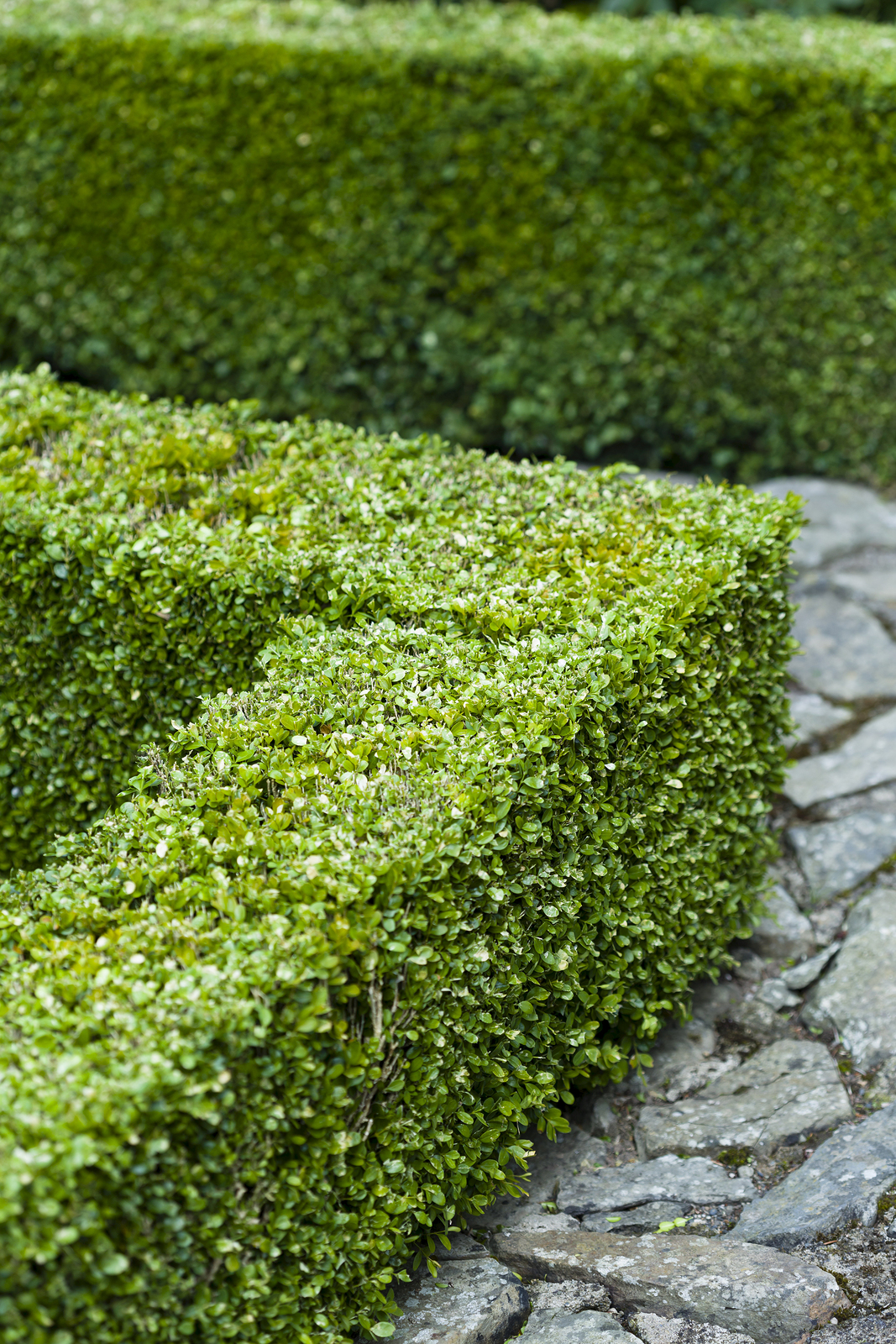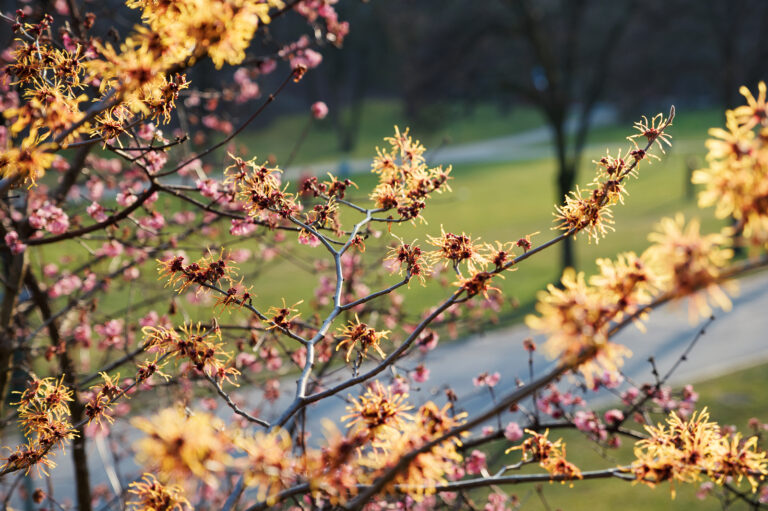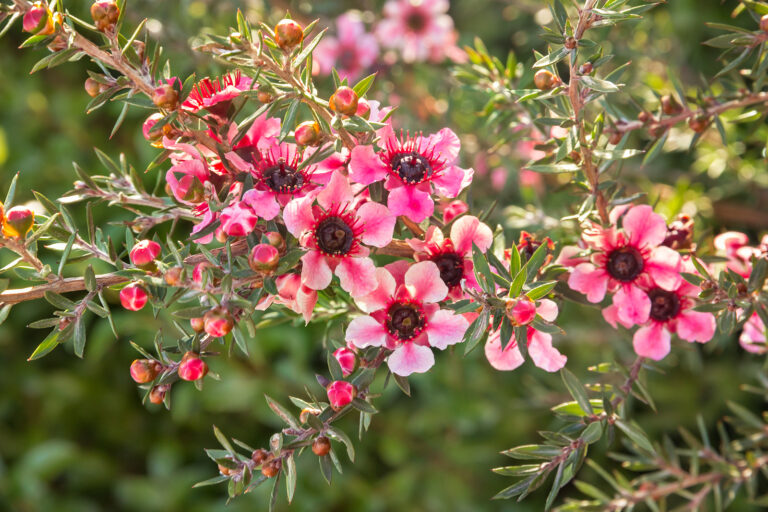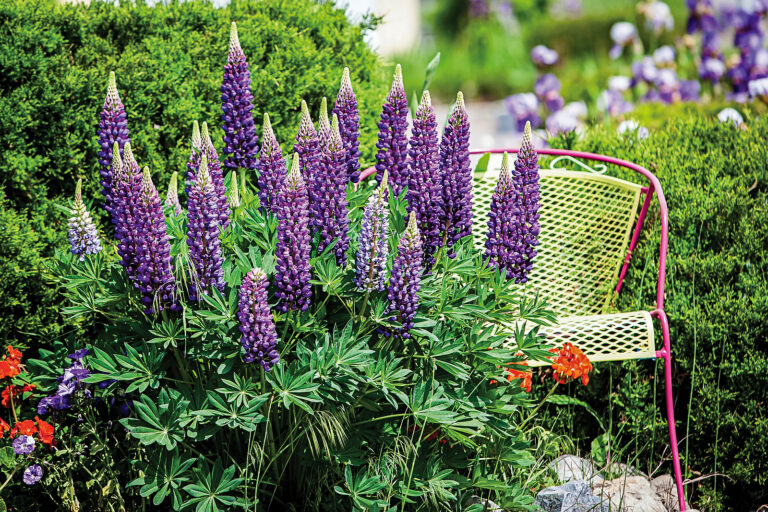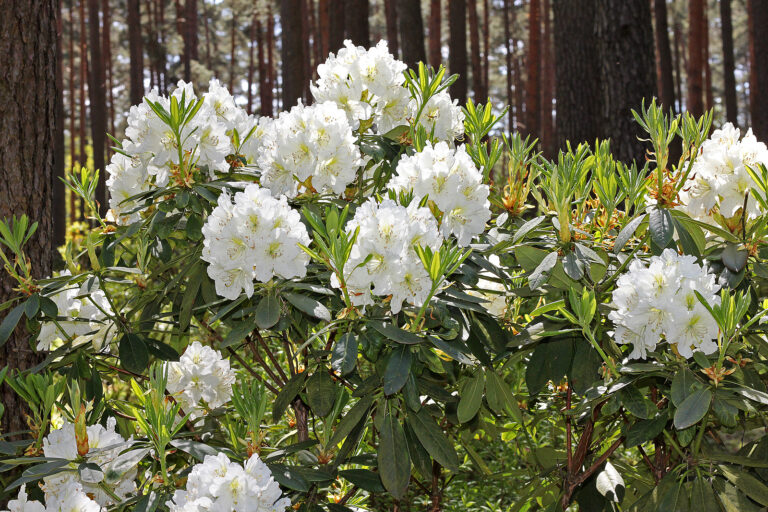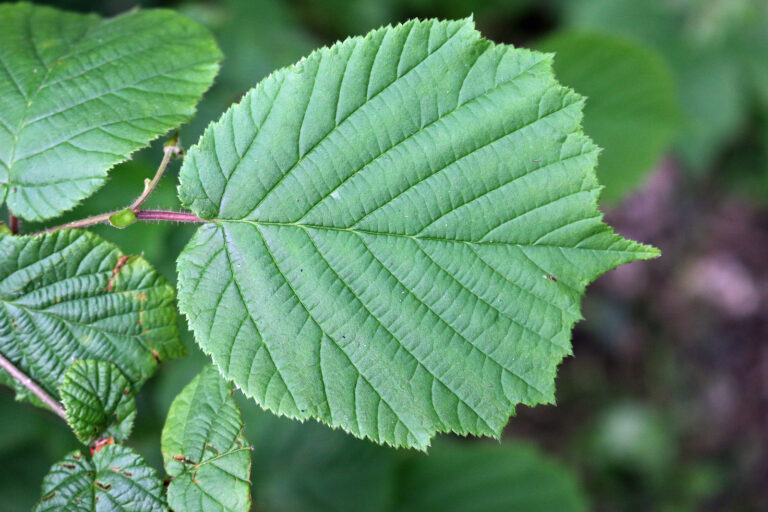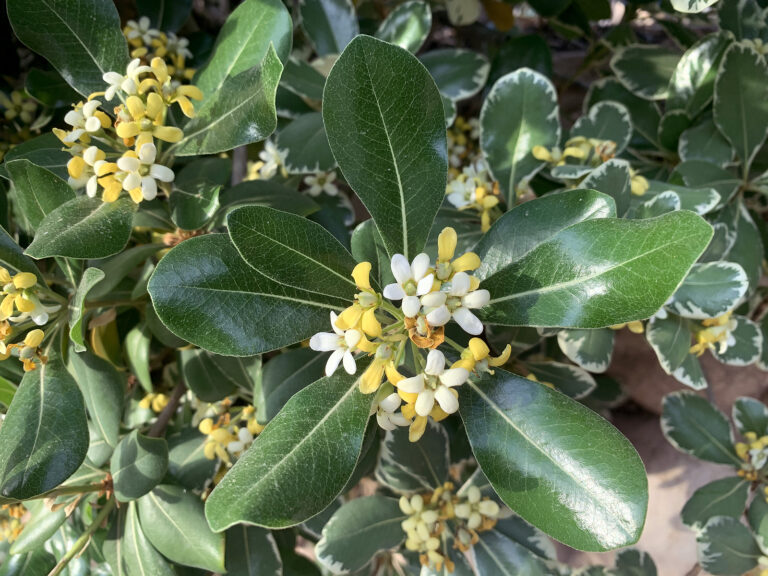How to Grow Buxus – Boxwood
Buxus — commonly called boxwood–are almost always grown for their small, tough, evergreen leaves and amenability to shearing and pruning. Boxwood is often used in formal hedges, both small and medium sized–and sometimes large.
Buxus is easy to grow though it is a slow grower. When not clipped or pruned it has a soft, billowing appearance. The evergreen leaves are dark green and offer a pleasant background for most flowering perennials and small shrubs. There are some variegated varieties of Buxus.
Buxus withstands clipping and pruning which makes them an ideal plant for hedging and topiary. Dwarf boxwoods can be used as edging along paths and patios.
Buxus is a genus of about 70 species of evergreen shrubs. They are native to rocky hills and woodlands in Europe, Asia, Africa, and Central America.
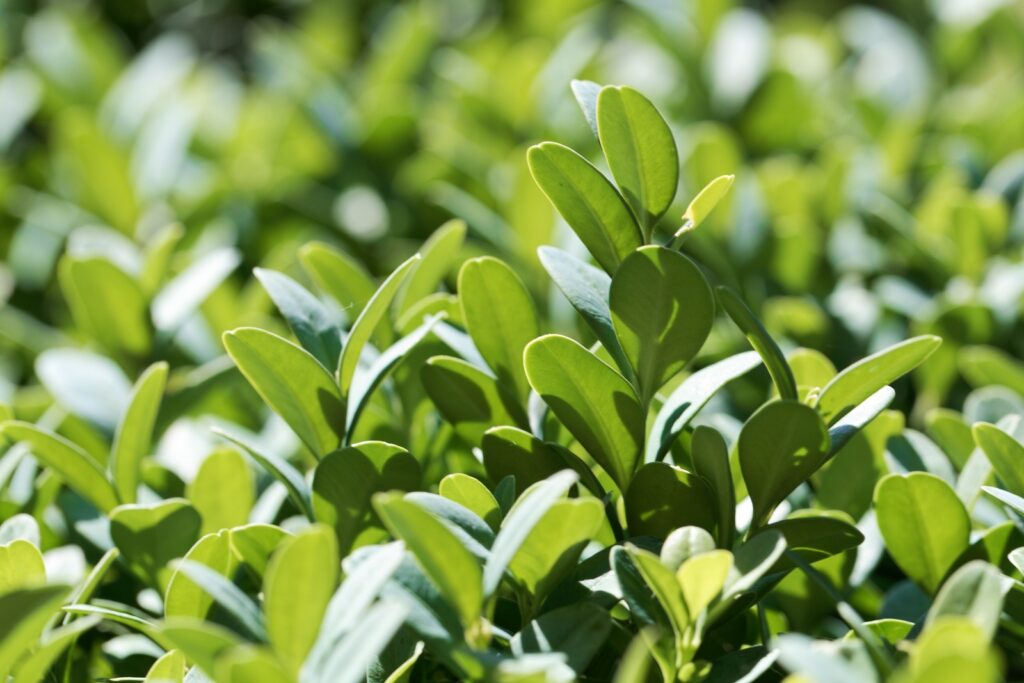
Get to know Buxus
- Plant type: Broad-leaved evergreen shrub.
- Growing zones and range: Zones 5 or 6 to 8
- Hardiness: Hardy to Zone 5
- Height and width: 2 to 3 feet (.6-1m) tall and wide; some varieties can grow 15 to 20 feet (4.6-6.1m) tall and wide
- Growth rate: Slow.
- Form and habit: Pyramidal, billowing.
- Foliage: Leaves .4-1.2 inch (1-3cm) long, leathery, lustrous dark green on top, lighter green underneath.
- Flowers: Small, axillary, star-shaped, yellow-green flowers
- Bloom time: Spring
- Uses: Hedges, edging, screening, topiary, specimen.
- Common name: Boxwood, box
- Botanical name: Buxus
- Family name: Buxaceae
- Origin: Rocky hills to woodlands of Europe, Asia, Africa, and Central America
Where to plant Buxus
- Plant Buxus in sun or partial shade.
- Plant Buxus well-drained, humusy soil.
- Buxus prefers a soil of pH 6.0 to 7.2.

When to plant Buxus
- A container-grown Buxus transplants most easily in spring or fall.
- Sow seeds in a cold frame in containers in autumn.
Planting and spacing Buxus
- Buxus spacing should be determined by variety and use. Used in a small hedge dwarf varieties can be planted 12 to 24 inches (30-61cm) apart. When growing large varieties to full maturity, space plants 5 to 10 feet (1.5-3m) apart.
- Sow seed 1/4 inch deep in containers.
How to water and feed Buxus
- Give Buxus regular water.
- Buxus does not tolerate salt or wet feet.
- Once established, Buxus can tolerate occasional droughts.
- Feed Buxus with an all-purpose fertilizer in spring.
How to prune and care for Buxus
- Pruning season for Buxus is late spring after new growth.
- Buxus has a great tolerance for shearing and shaping.
- Pruning elongated Buxus shoots in late spring after new growth is complete keeps boxwood bushy and beautiful.
- To reshape Buxus over growth, in May cut the plants back to within a foot (.3m) of the ground.
Growing Buxus as a houseplant
- Buxus microphylla japonica is a small growing boxwood that can be grown as a houseplant; it grows from 3 inches to 3 feet tall.
- Give Buxus direct light year-round, average room temperature, and medium to high humidity.
- Allow the soil to dry moderately between thorough waterings.
- Fertilize Buxus once a month through the year.
- Prune frequently to maintain the desired plant shape.
Buxus pests and diseases
- Buxus is susceptible to powdery mildew, Phythium root rot, canker, dieback, and leaf spot.
- Buxus is susceptible to attack by nematodes in Florida.
- Buxus can be attacked by leaf miners, scale insects, caterpillars, psyllids, and mites.
- Buxus leaves are toxic, so deer seem to avoid them.
Buxus propagation
- Sow seeds in containers in a cold frame in autumn.
- Root semi-ripe cuttings in summer.
- Graft Buxus in winter.

Buxus varieties to grow
- Buxus microphylla, this species is rarely planted. Its widely planted varieties include the following:
- B. microphylla var. japonica, Japanese boxwood, hardy -10° Fahrenheit (-23°C) but poor winter appearance in cold areas. It takes dry heat and alkaline soil. Compact foliage (small, .3-1 inch (.8-2.4cm), round-tipped leaves) is lively bright green in summer, brown or bronze in winter in many areas. Grows slowly to 4-6 feet (1.2-1.8m) if not pruned, making a pleasing informal green shrub. Most often clipped as low or medium hedge or shaped into globes, tiers, pyramids in containers. Can be held to 6 inch (15.2cm) height as a hedge or border edging.
- ‘Compacta’, extra-dwarf plant with tiny leaves. Slow-growing; good rock garden plant.
- ‘Green Beauty’, holds its deep green color in coldest weather and is considerably greener than B. m. japonica in summer heat.
- ‘Kingsville Dwarf’, exceptionally compact and low-growing.
- ‘Morris Midget’, a good choice for warm dry climates in Zones 6 to 9. 3-6 foot (.9-1.8m) littleleaf boxwood.
- ‘Winter Gem’, hardiest of Japanese boxwoods.
- B. microphylla var. Koreana, Korean boxwood, hardy to -20° Fahrenheit (-29°C) slower and lower growing than Japanese boxwood. Leaves smaller (.3-.5 inch/.8-1.3cm). This species is noted for its hardiness and will live where others freeze. Has good winter color and is hardy in Zone 4.
- B. sempervirens, Common boxwood, in Northeast and Mid-Atlantic regions, in Zones 5 or 6 to 8, a great favorite. Dies out in alkaline soils, arid-hot summer areas. Will grow to a height of 15-20 feet (4.6-6.1m) with an equal spread. Dense foliage of medium-size, lustrous, dark green, oval leaves. Can be trained as a small tree. Plants labeled “American boxwood” will grow as described here.

